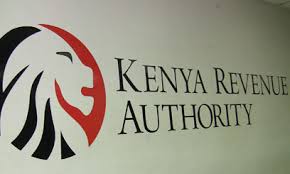The Kenya Revenue Authority (KRA) has recorded its highest-ever monthly customs revenue, collecting Sh85.146 billion in September 2025. This marks a historic milestone for the Authority, surpassing the previous record of Sh82.554 billion set in January 2025.
According to the Commissioner for Customs and Border Control, the September collection exceeded the month’s target of Sh81.341 billion by Sh3.8 billion, translating to a performance rate of 104.7 percent. The achievement represents a year-on-year growth of 18.8 percent compared to the same period in 2024.
KRA attributed the strong performance to increased collections from trade taxes and petroleum levies. Trade taxes brought in Sh51.737 billion against a target of Sh50.739 billion, reflecting a 22.1 percent growth and a 102 percent performance rate. Petroleum taxes also performed impressively, hitting 109.2 percent of the target with Sh33.408 billion collected against Sh30.602 billion.
The Authority credited the success to institutional and technological reforms, including the establishment of the Central Release Operations Office, which uses a randomised digital allocation system for cargo verification and release. This innovation, introduced in 2024, has reduced human interference, improved efficiency, and sealed revenue leakages.
KRA noted that the new system has significantly shortened cargo clearance times at ports and border points, enhancing transparency and boosting compliance.
Customs revenue remains a critical component of KRA’s overall tax strategy, accounting for around 34 percent of total tax collections in the 2024/25 financial year.
The September achievement comes as Kenya faces fiscal constraints and seeks to expand domestic revenue collection. Analysts have linked the surge partly to increased imports of fuel, machinery, and consumer goods, alongside the depreciation of the Kenyan shilling, which inflates import duty values.
KRA reaffirmed its commitment to sustaining this momentum under its Revenue Service 3.0 transformation agenda, aimed at digitalising tax systems and enhancing taxpayer experience.

